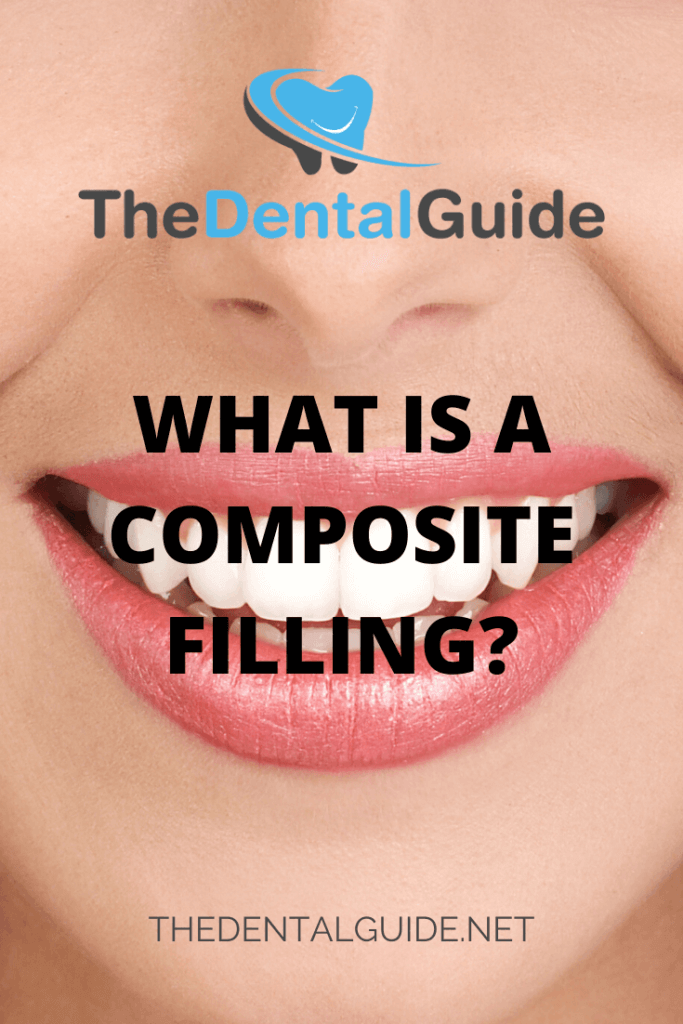A composite filling is made from a tooth-coloured resin material, designed to make a filling look more natural. It is a mixture of resin and filler, and the proportions can be adjusted as needed for strength. These fillings have become more popular recently because they can reduce the amount of pressure from chewing and are more aesthetically appealing than traditional amalgam fillings.
What are the advantages of composite fillings?
There are many reasons why someone would choose to get a composite or white filling. First are the durability and protection that it provides against fractures and other pain. High amounts of filler in the filler-resin mixture make a more robust solution.
Composite fillings also provide affordability and flexibility to the patient. Other filling options, like gold, are much more costly. Furthermore, composite fillings bend and flex much more than amalgam fillings, meaning they are far less likely to break.
Patients also love the natural colour and aesthetic that a composite filling provides. A lot of people elect to use composite fillings on visible areas of teeth – if someone has a chipped front tooth, a composite fill is a perfect solution.
What does the procedure involve?
Composite fillings can be placed during a single appointment, which will usually last around 30 minutes. Your dentist will administer a local anaesthetic to numb the affected area and allow them to remove any decay using a drill, as necessary. Before the filling is placed, the area needs to be thoroughly cleaned to avoid infection. Extra protection and barriers will need to be added if the decay is close to the tooth’s nerve.
After cleaning the affected area, the dentist will take the composite filling solution of resin and filler and spread the mixture onto the tooth. Depending on the location of the cavity, the dentist will usually cover the filler on all four corners of the tooth.
After the operation is finished, your teeth will feel sensitivity to hot and cold food and drinks for some time. You should avoid these items for at least a week after the filling. And when you chew on food, you should ensure that you use teeth as far away from the filling as possible.
How much does a composite filling cost?
When looking at the composite filling price, it will depend on whether you are using a private dentist or the NHS service. A white filling on the NHS is normally only available for front teeth and will cost £62.10. Composite fillings at a private dental surgery are generally around £80-£150.
How long do composite fillings last?
Depending on the resin and filler mixture, composite fillings will last between 5-7 years after the appointment. Another excellent feature of composite fillings is that they can be improved or repaired efficiently. If a piece of the filling fractures or falls out, you can contact your dentist and set up an appointment to get it fixed again.
